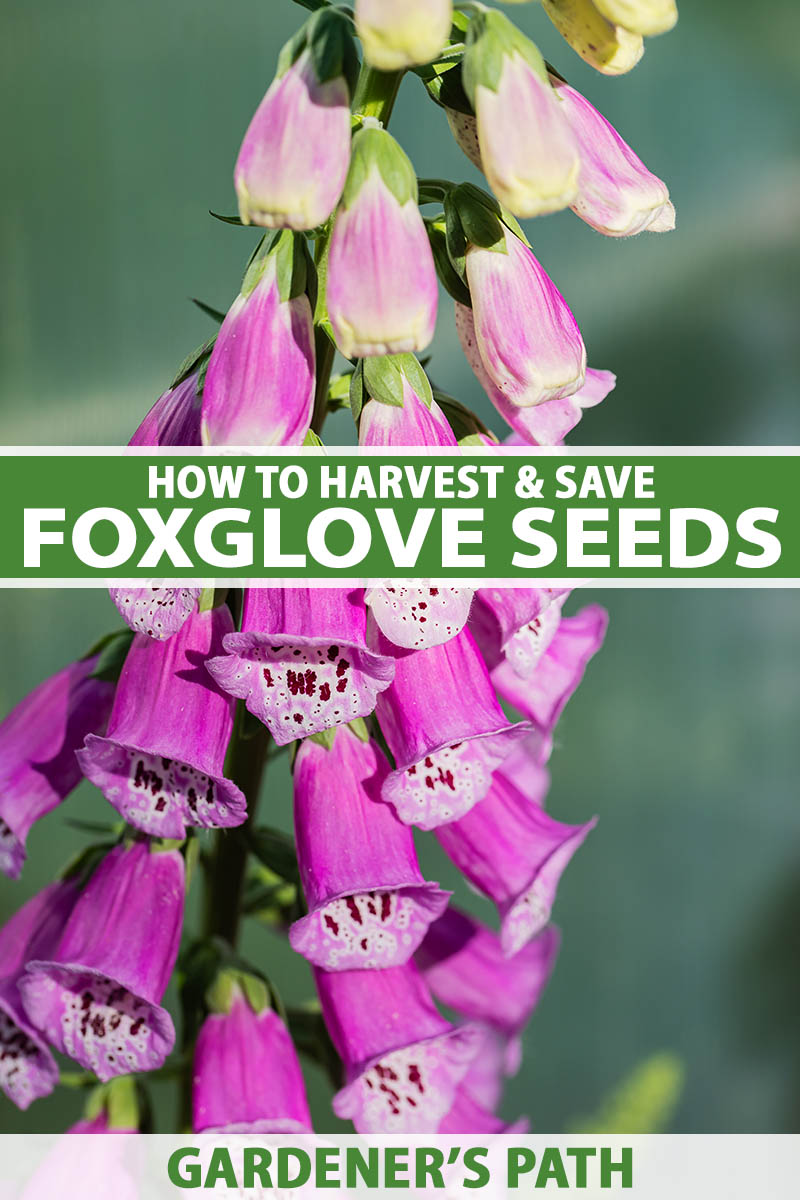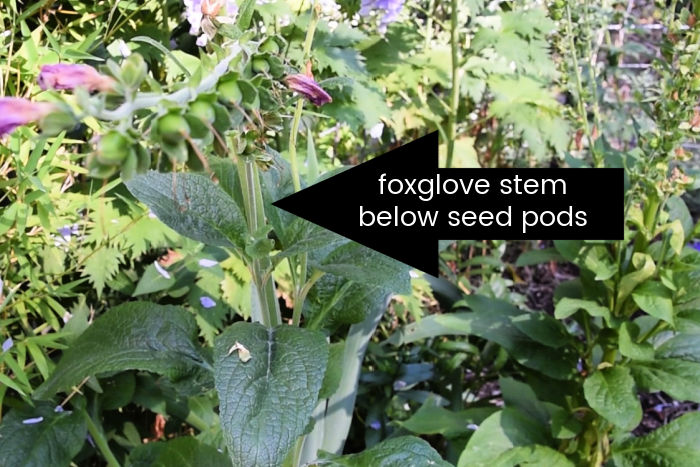Understanding Foxglove Seed Germination
Timing is crucial when it comes to planting foxglove seeds. Planting at the wrong time can lead to poor germination rates or even complete failure. Foxgloves are sensitive to temperature and moisture, and ideal conditions for germination include cool temperatures, high humidity, and adequate light. When to plant foxglove seeds is a critical decision, as it can make all the difference between successful germination and disappointment. By understanding the ideal conditions for germination, gardeners can increase the chances of success and give their foxgloves the best possible start in life. In regions with frost, it’s essential to wait until the last frost date has passed before planting foxglove seeds directly in the ground. In warmer climates, foxglove seeds can be planted in the fall or early spring, when temperatures are cooler. Planting at the right time ensures that foxglove seeds receive the necessary conditions for germination, leading to healthy and thriving plants.
How to Determine the Best Planting Season for Foxgloves
Determining the best planting season for foxgloves requires consideration of various factors, including climate, soil temperature, and frost dates. In regions with a cold winter, it’s essential to wait until the last frost date has passed before planting foxglove seeds directly in the ground. This ensures that the soil has warmed up enough to support germination and growth. In warmer climates, foxglove seeds can be planted in the fall or early spring, when temperatures are cooler. When to plant foxglove seeds also depends on the specific variety, as some are more sensitive to temperature and moisture than others. By understanding the specific needs of the foxglove variety and the local climate, gardeners can determine the best planting season for optimal growth and success. Additionally, checking the average soil temperature and moisture levels can help gardeners decide when to plant foxglove seeds for the best results.
The Role of Weather in Foxglove Seed Planting
Weather conditions play a crucial role in foxglove seed germination and growth. Temperature, moisture, and sunlight are the key factors that affect the success of foxglove seed planting. When to plant foxglove seeds is critical, as foxgloves require a period of cool temperatures to germinate. Ideal temperatures for germination range from 60°F to 70°F (15°C to 21°C), with temperatures above 75°F (24°C) inhibiting germination. Moisture is also essential, as foxglove seeds require consistent moisture to germinate and grow. However, excessive moisture can lead to rot and poor germination. Sunlight is also vital, as foxgloves require partial shade to full sun to thrive. Understanding the impact of weather conditions on foxglove seed germination can help gardeners determine the best time to plant foxglove seeds in their region, ensuring optimal growth and success.
Preparing the Soil for Foxglove Seeds
Before planting foxglove seeds, it’s essential to prepare the soil to ensure optimal germination and growth. Foxgloves prefer well-draining, fertile soil with a pH between 6.0 and 7.0. To achieve this, gardeners can test their soil pH and amend it if necessary. Adding organic matter such as compost or well-rotted manure can improve soil structure and fertility. Additionally, removing any debris, rocks, and weeds can help create a smooth, even surface for planting. When to plant foxglove seeds also depends on the soil temperature, which should be around 60°F to 70°F (15°C to 21°C) for optimal germination. By preparing the soil properly, gardeners can create an ideal environment for their foxglove seeds to thrive. This attention to detail can make all the difference in the success of their foxglove seed planting.
When to Sow Foxglove Seeds Indoors vs. Outdoors
Deciding when to plant foxglove seeds indoors or outdoors is a crucial step in the seed planting process. Sowing foxglove seeds indoors allows for more control over the growing conditions and can give the seeds a head start on the growing season. This approach is ideal for regions with short growing seasons or unpredictable weather patterns. On the other hand, sowing foxglove seeds directly outdoors can be more convenient and eliminates the need for transplanting. However, this approach requires more precise timing, as the seeds must be planted when the soil has reached the optimal temperature for germination, usually around 60°F to 70°F (15°C to 21°C). When to plant foxglove seeds outdoors also depends on the region’s frost dates, as the seeds should be planted after the last frost. By understanding the benefits and drawbacks of each approach, gardeners can make an informed decision on when to sow their foxglove seeds, indoors or outdoors, for optimal success.
Common Mistakes to Avoid When Planting Foxglove Seeds
When it comes to planting foxglove seeds, even the most experienced gardeners can make mistakes that can hinder germination and growth. One common mistake is overwatering, which can cause the seeds to rot before they have a chance to germinate. On the other hand, underwatering can also be detrimental, as foxglove seeds require consistent moisture to germinate. Another mistake to avoid is inadequate soil preparation, which can lead to poor drainage, nutrient deficiencies, and other issues that can affect seed germination. Additionally, planting foxglove seeds at the wrong time, such as when the soil is too cold or too hot, can also reduce the chances of successful germination. By being aware of these common mistakes, gardeners can take steps to avoid them and increase their chances of success when planting foxglove seeds. Remember, when to plant foxglove seeds is crucial, and attention to detail can make all the difference in the success of the seed planting process.
Optimizing Foxglove Seed Planting for Maximum Success
To achieve optimal results when planting foxglove seeds, it’s essential to pay attention to spacing, depth, and aftercare. When sowing foxglove seeds, make sure to space them about 12-18 inches apart to allow for proper air circulation and growth. Plant the seeds at a depth of about 1/8 inch, and gently firm the soil to ensure good contact. After planting, keep the soil consistently moist but not waterlogged, and provide partial shade to full sun depending on the variety. Additionally, fertilize the soil with a balanced fertilizer to promote healthy growth. By following these expert tips, gardeners can optimize their foxglove seed planting for maximum success and enjoy a bountiful harvest of these beautiful flowers. Remember, when to plant foxglove seeds is just the first step; proper care and attention are crucial for achieving optimal results.
Conclusion: Timing is Everything in Foxglove Seed Planting
In conclusion, timing is a critical factor in foxglove seed planting. By understanding the ideal conditions for germination, determining the best planting season, and avoiding common mistakes, gardeners can increase their chances of success. Remember, when to plant foxglove seeds is crucial, and attention to detail can make all the difference. By following the expert advice outlined in this article, gardeners can optimize their foxglove seed planting for maximum success and enjoy a bountiful harvest of these beautiful flowers. Whether you’re a seasoned gardener or just starting out, the key takeaways from this article will provide you with the knowledge and confidence to plant foxglove seeds with precision and care. So, don’t wait – put your new knowledge into practice and start planting your foxglove seeds today!



:max_bytes(150000):strip_icc()/tall-toxic-foxglove-plants-2132588_01-2d0fe8dcb23d45d399b2ecfebd5761b2.jpg)





